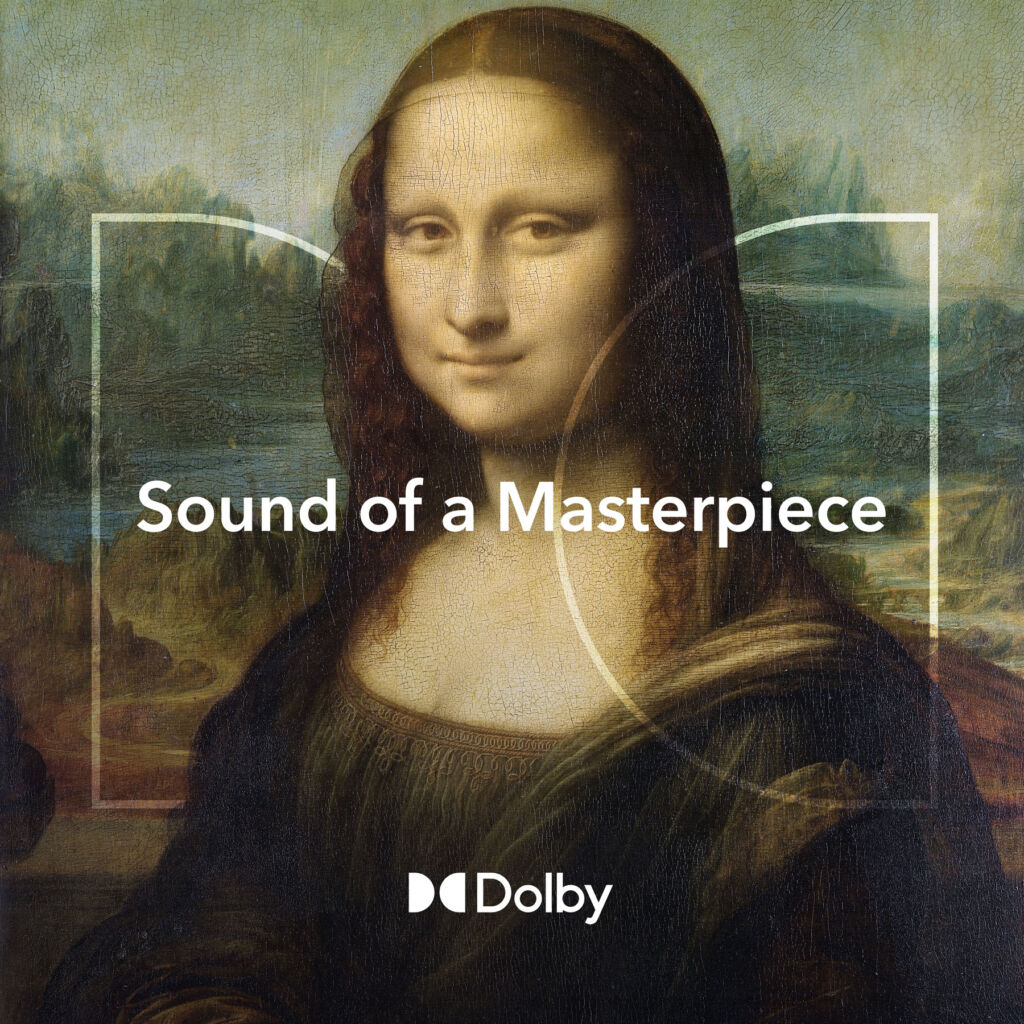
Dolby Laboratories and the Royal National Institute of Blind People (RNIB) have reimagined the world’s most famous artwork masterpieces—from Da Vinci’s Mona Lisa to David Hockney’s A Bigger Splash—to create an immersive soundtrack in state-of-the-art Dolby Atmos sound.
For the first time, people who are blind or partially sighted will be able to hear and feel artwork in a whole new way. This will also help the wider population appreciate and understand art more, as almost half (46%) admit they struggle to form a deeper connection with art when viewing it, and nearly six in ten (59%) lack confidence in their ability to interpret or understand artwork without guidance.
This has even led to over a quarter (28%) of people avoiding visiting galleries altogether out of embarrassment that they won’t ‘get it’.
Dolby’s Sound of a Masterpiece was created by visually impaired composer Bobby Goulder and award-winning composers from the New Radiophonic Workshop, known for creating the Doctor Who theme tune and scores for Oscar-winning films to help visually impaired people experience and really feel art.
Bobby has Stargardt’s Macular Dystrophy, a genetic retinal condition which severely restricts his central vision. This means he cannot read music and struggles with many everyday tasks, including seeing the keyboard.
However, Bobby has been able to use his ears and memory to become a professional pianist, composer and musical director working on some of the biggest music projects in the UK and abroad, providing vital lived experience to the album.
The album features musical interpretations inspired by some of the most famous paintings in history, including:
Mona Lisa – Leonardo da Vinci
The Water-Lily Pond – Claude Monet
The Scream – Edvard Munch
Self-Portrait with Thorn Necklace and Hummingbirds – Frida Kahlo
A Bigger Splash – David Hockney
Kings of Egypt – Jean-Michel Basquiat
The Persistence of Memory – Salvador Dalí
Sound of a Masterpiece is available to stream now in Dolby Atmos on Apple Music, Tidal, and Amazon Music, with all proceeds being donated to the RNIB.
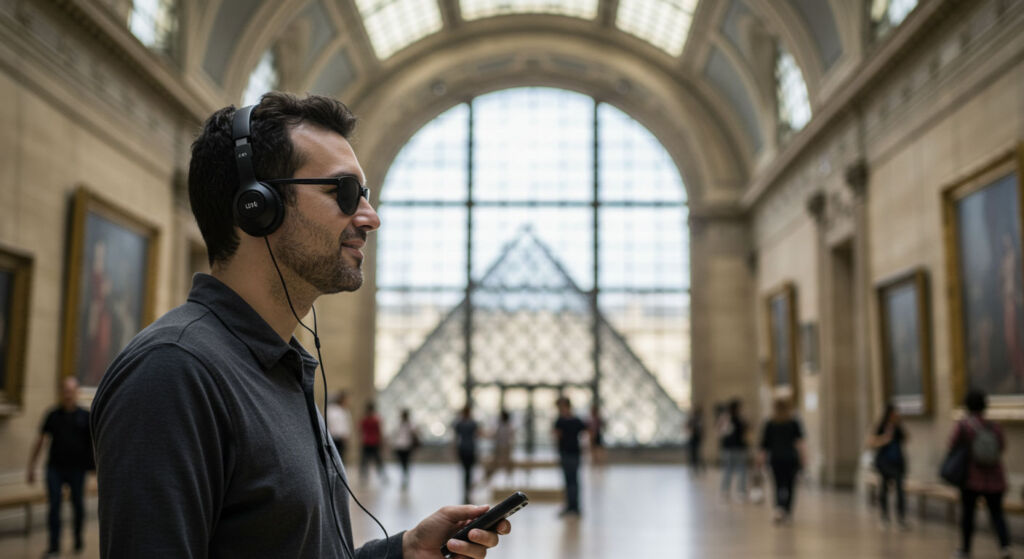
The RNIB helped deliver an immersive experience that has both been created by and benefits people who are visually impaired.
Bobby Goulder, composer of Sound of a Masterpiece, commented, “The project combines several things close to my heart – the relationships across multidisciplinary art forms; the advancement of musical and sonic creative techniques; and the accessibility of the arts to the visually impaired community.
“Our hope is to give everyone a heightened experience of these paintings, giving each one a story rather than a snapshot or an impression. I also hope that those, like me, viewing with vision loss, or unable to view at all, will connect with the images beyond the spoken audio descriptions.”
Robin Spinks, Head of Inclusive Design at RNIB added, “We are delighted to collaborate on innovative projects such as Dolby’s Sound of a Masterpiece. As a low vision person, I have a limited visual appreciation of art. But the depth, texture and richness provided by the amazing soundtracks in Dolby Atmos really brings these works to life.
“Many more blind and partially sighted people will be able to have a heightened experience through this fantastic project and appreciate artwork in new and meaningful ways.”
Daniela Bischof, Senior Director of Marketing, Europe at Dolby Laboratories, said, “With Dolby Atmos, we’ve been able to push the boundaries of storytelling through sound, allowing listeners to step into the world of each artwork and experience its essence. With so many people today struggling to connect with art, our campaign “Love Art More in Dolby” aims to bring entertainment enthusiasts on a journey, where they will be immersed from anywhere.
“We hope Sound of a Masterpiece will enable listeners to really feel and connect with iconic artworks, whilst making art accessible through sound – inspiring everyone to greater connect with creativity, emotion and history.”
The Inspiration Behind Dolby’s Sound of a Masterpiece Tracks
Each track on the album has been inspired by musical masterpieces of their own. These include Debussy’s impressionism, Monteverdi’s medieval grandeur, and the raw energy of free jazz, as the compositions mirror the textures, emotions, and contrasts within the art – from serene rippling water to chaotic bursts of expression. The result of this is to allow the iconic artworks to evolve into immersive sonic experiences, using layered harmonies, rhythmic movement, and immersive sound design – evoking emotions and atmospheres associated with each painting’s essence.
A Bigger Splash
A minimalist introduction sets the peaceful, bright setting of the pool and terrace with its stark blocks and perfectly straight lines. The sound design aims to emphasise this minimalist setting by creating the feeling of a hot Summer’s day yet set against a sparse landscape with a gentle breeze.
The serene, pre-state before the splash ‘event’ is scored with a repeating, Philip Glass-style pattern made up of layered fourth and fifth intervals inspired by the picture’s square angles and straight lines.
After the splash, multi-layered tremolos and ripple effects were used to reflect the pool surface ripples and dancing bubbles, which gradually dissipated and settled before we re-emerged into the siren pre-state.
Self-Portrait with Thorn Necklace and Hummingbirds
With the depiction of Kahlo and her surroundings so sharply defined, it was decided to have the piano carry the emotional weight of the piece, leaving space for the sound design to bring out the more literal elements—creating a sense of a jungle landscape punctuated by the sounds of indigenous animals and piercing thorns, which are present in the painting.
Starting with some idioms of Mexican guitar music, the piece is rooted in a bass bare fifth to evoke her sense of incarceration, and moving parallel sixths in the right hand slowed down and harmonically disjunct to bring out the pain and trauma in her expression.
The thorns and roots are punctuating as an answer to the piano notes.
Kings of Egypt
Using a combination of the Blues scale and Egyptian scales as a base, the energy of this piece is underpinned by a fast, rhythmic groove in the low piano register. The chaos and sense of working very quickly and instinctually comes from a layer of Cecil Taylor-inspired free jazz improvisation.
A busy New York City soundscape combined with the sounds of a spray can seek to further emulate the landscape surrounding the creation of the artwork, gradually moving into the soundscape of Egypt’s Port Fuad to further emphasise the duality of the artwork’s context.
The Scream
The dark, heavy piano idea in this piece was inspired by various European classical composers contemporary with Munch including Scriabin, Mahler and Grieg, scoring the walk of the man across the bridge as he becomes taken over by a horrific ‘scream of nature’ as described by Munch.
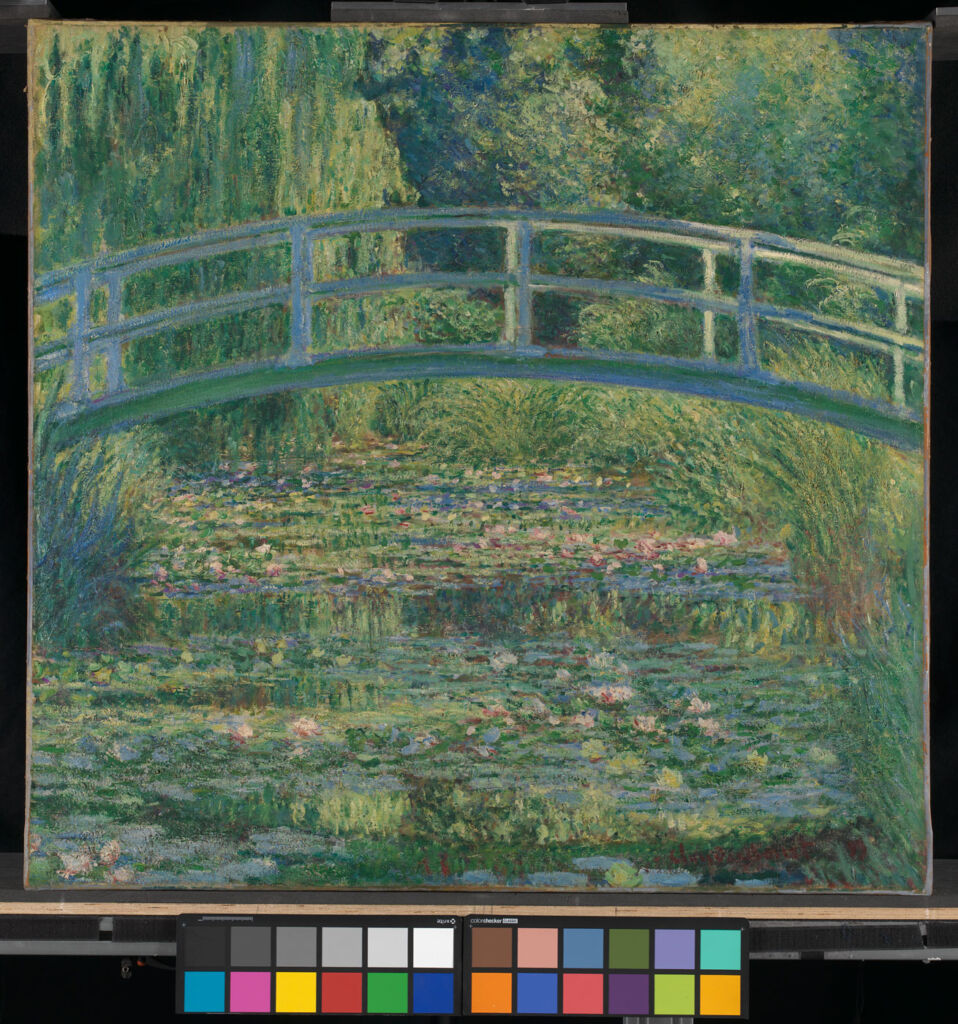
This sense of anxiety is further emphasised by the sound design, which incorporates distorted and saturated nature soundscapes that crescendo to a final overwhelming release.
The Water-Lily Pond
This track begins with Bobby’s complete piano piece in the style of Claude Debussy, given his contribution to the impressionist movement was so intimately connected to that of Monet.
Some of the rippling music which evoked the shimmering light on the water was replaced with some of the notes with water droplet sounds pitched to the original music, thus recreating the shimmering effect of the light on the water’s surface and maintaining serenity and beauty within the ripples.
To complement the natural beauty of the scene, the sound design is stripped back to a realistic representation of a calming Summer landscape. This then expands into a more dream-like, ethereal iteration—much like a ‘transient’ moment, as suggested by Monet’s intentions when painting the work.
Mona Lisa
This was musically inspired by the medieval courtly madrigals of Monteverdi and some Palestrina choral music, which gives the piece its place in history and also a sense of status. Straddling major and minor tonalities brings out the enigma of her identity and expression, ultimately concluding on an ambiguous bare fifth.
A more abstract soundscape accentuates the mystery of the painting by removing recognisable sounds of ‘place’ and moving between unknown spaces as if through a door.
Plucked piano strings also give an uncanny version of Renaissance period instrumentation, with the Dolby Atmos mix panning at differing positions. The voices use voice synthesis and avoid real voices to further the painting’s ambiguous nature.
Persistence of Memory
Three chords left to ring out for eternity using the high and low extremes of the piano depict the clock chimes in the baron dream-like landscape. The mysterious figure lying in the foreground has its own theme between the chimes moving in parallel minor triads, not attached to a specific key or tonality.
A pitch-bend was used to emulate the warping of time and space. The sound design adopts a more abstract approach to embody the surreal landscape of the artwork, highlighting the sounds of a howling desert wind and crawling ants in the foreground, set against a chorus of melting clocks.
Lead image: Mona Lisa, c.1503-6 (oil on panel) Leonardo da Vinci,1452-1519) Credit: Louvre, Paris, France/Bridgeman Images.
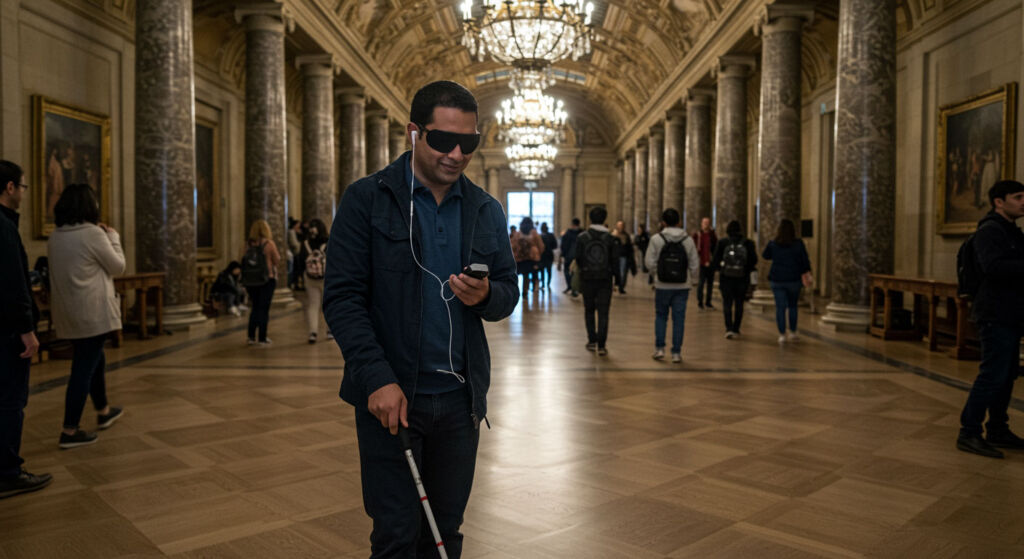
![]()

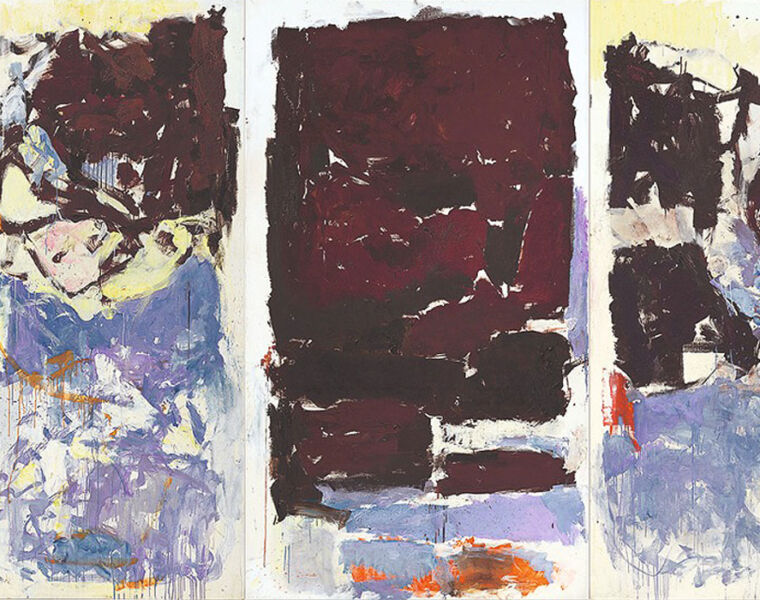
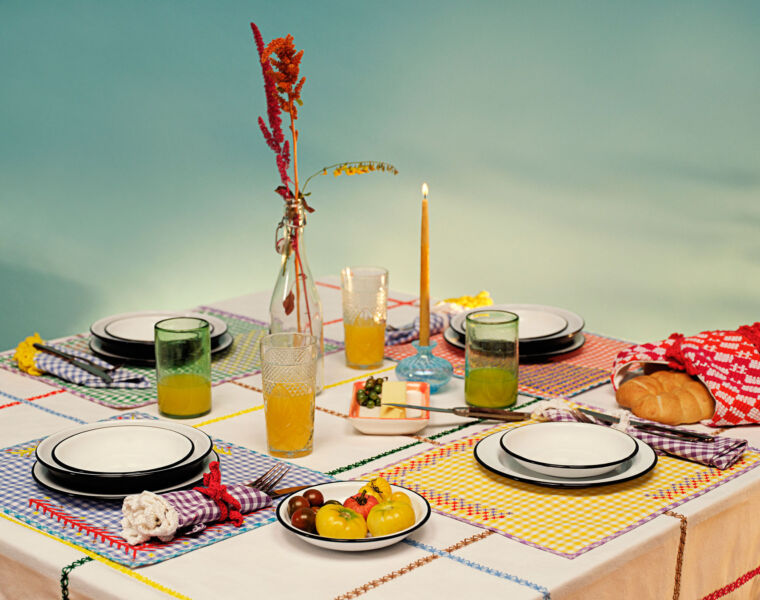
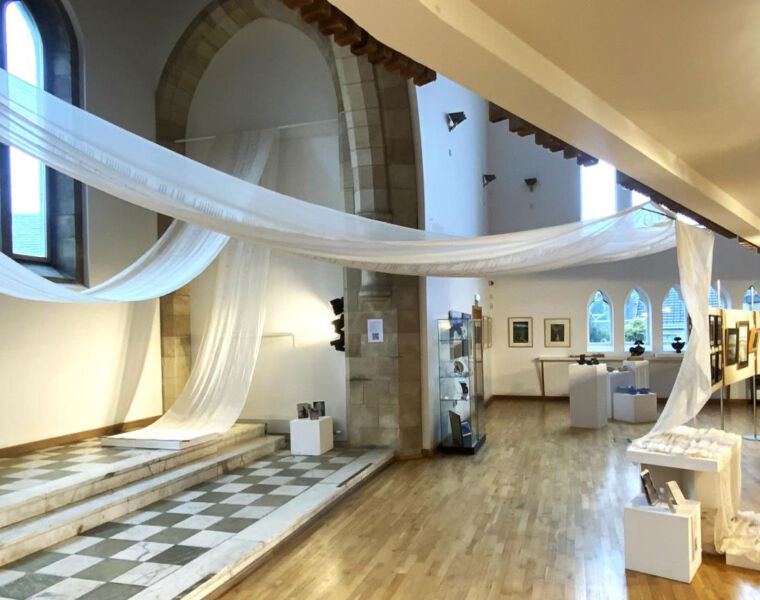
You must be logged in to post a comment.